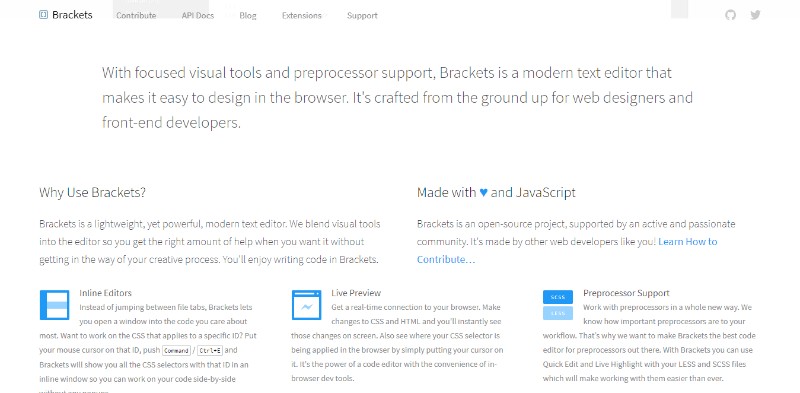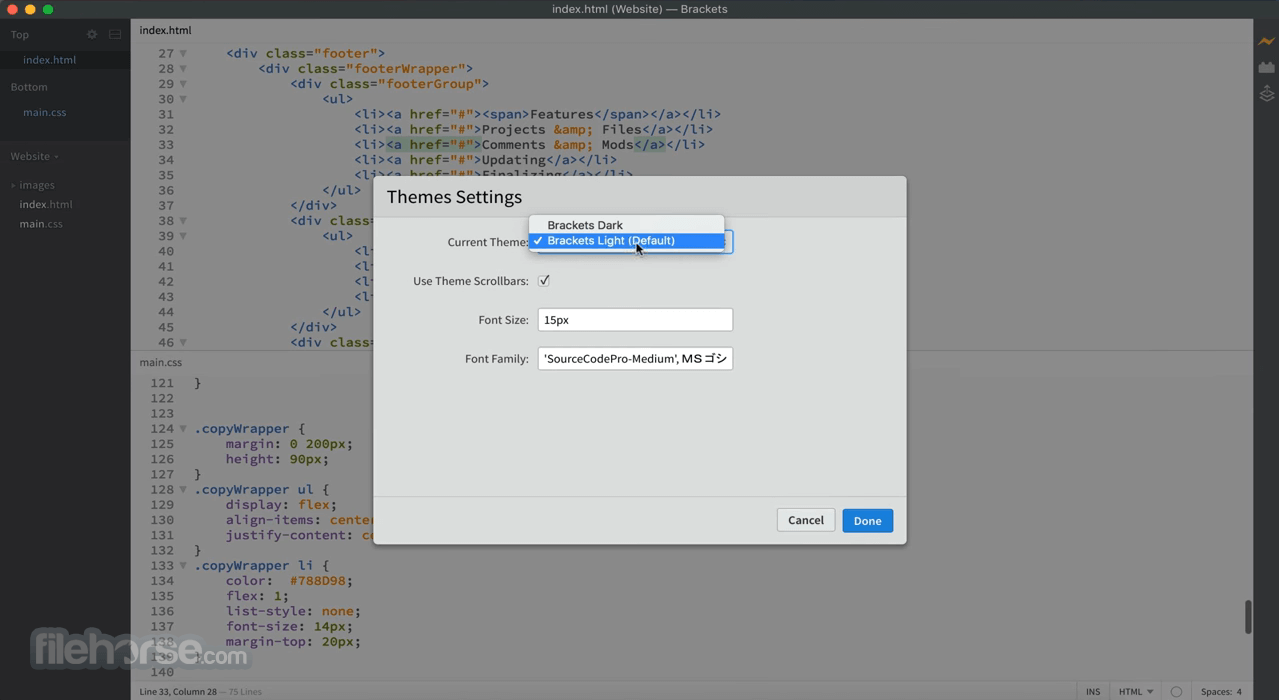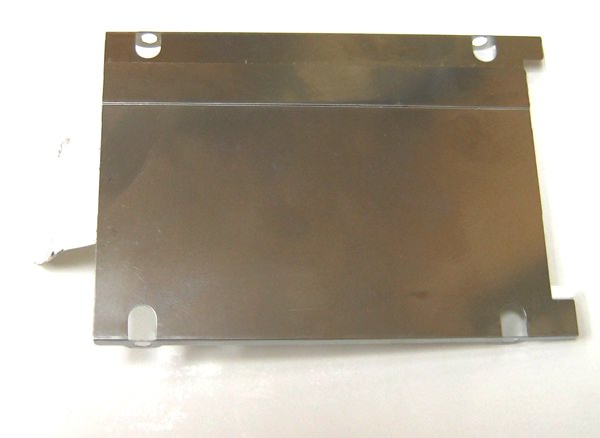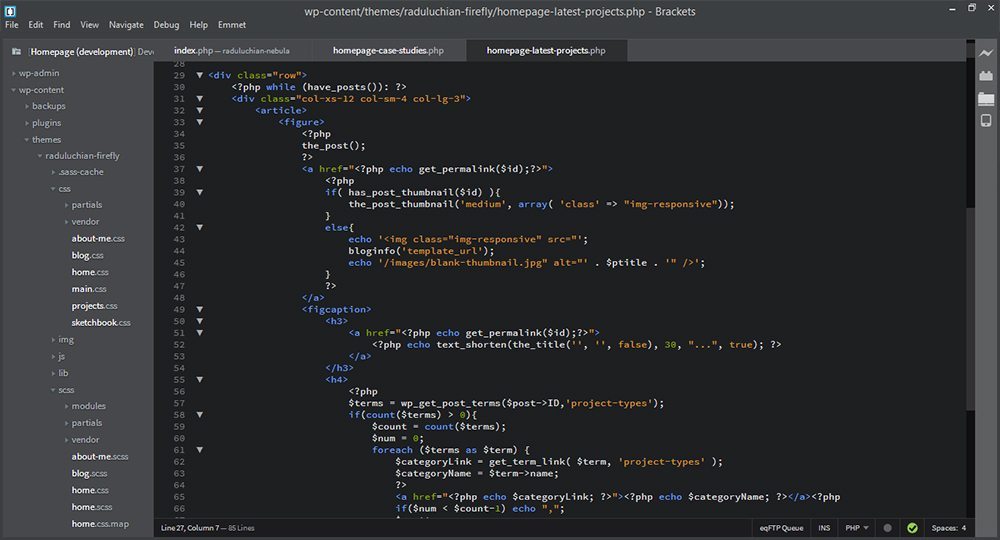

Get Code Hints from a PSD The Extract for Brackets (Preview) extension lets you pull out design information from a PSD including colors, fonts, gradients, and measurement information as clean, minimal CSS via contextual code hints. With new features and extensions released every 3-4 weeks, it's like getting presents all year long. Blend visual tools into the editor so you get the right amount of help when you want it.

Why Use Brackets for macOS? The tool is a lightweight, yet powerful, modern text editor. Try Creative Cloud Extract (preview) for the app for an easy way to get clean, minimal CSS straight from a PSD with no generated code. The current state of the art regarding the most effective method to achieve an appropriate bond strength of brackets on ceramic surfaces isn’t consensual.īackground: There has been an increase in demand for orthodontic treatment within the adult population, who likely receive restorative treatments using ceramic structures.With focused visual tools and preprocessor support, Brackets for Mac is a modern text editor that makes it easy to design in the browser. This systematic review aims to compare the available surface treatments to ceramics and determine the one that allows to obtain the best bond strength. Methods: This systematic review followed the PRISMA guidelines and the PICO methodology was used, with the question “What is the most effective technique for bonding brackets on ceramic crowns or veneers?”. The research was carried out in PubMed, Web of Science, Embase and Cochrane Library databases. In vitro and ex vivo studies were included. The methodological quality was evaluated using the guidelines for reporting of preclinical studies on dental materials by Faggion Jr. Results: A total of 655 articles searched in various databases were initially scrutinized. Sevety one articles were chosen for quality analysis. The risk of bias was considered medium to high in most studies.

The use of hydrofluoric acid (HF), silane and laser afforded the overall best results.
#Brackets for mac reviews plus#
HF and HF plus laser achieved significantly highest bond strength scores in felsdphatic porcelain, while laser was the best treatment in lithium disilicate ceramics.

In recent years there has been an increase in demand for orthodontic treatment within the adult population.Ĭonclusions: The most effective technique for bonding brackets on ceramic is dependent on the type of ceramic. As of 2015, according to the American Association of Orthodontics, the demand within this age group has doubled over a four year period and this number is set to increase further in the future. This can be attributed not only to evergrowing aesthetic concerns but also to the expeditious evolution of orthodontic techniques. In this age group, there is a high likelihood that an orthodontist will encounter complex restorative treatments using ceramic structures due to their numerous advantages, namely biocompatibility, excellent aesthetics, reduced bacterial plaque accumulation, low thermal expansion, resistance to abrasion or fracture along with colour stability. The most used ceramic used in dental practices are feldsphatic, lithium and zirconia. Nonetheless, these types of restorations can reveal themselves quite complex for orthodontists, since achieving a reasonable bond strength on ceramic surfaces is challenging due to the presence of a glaze layer that hinders the adhesion process. This is evident in the clinical practice as well with some studies having reported bracket adhesion failure rates on ceramic surfaces of around 9.8% after two years. Consequently, orthodontists may encounter difficulties in achieving an optimal adhesion force on ceramic surfaces that is not only effective but also harmless, that is, an adhesion force that is resistant to orthodontic and masticatory forces while also retaining the function and aesthetics that are provided by this type of restoration after bracket debonding.


 0 kommentar(er)
0 kommentar(er)
